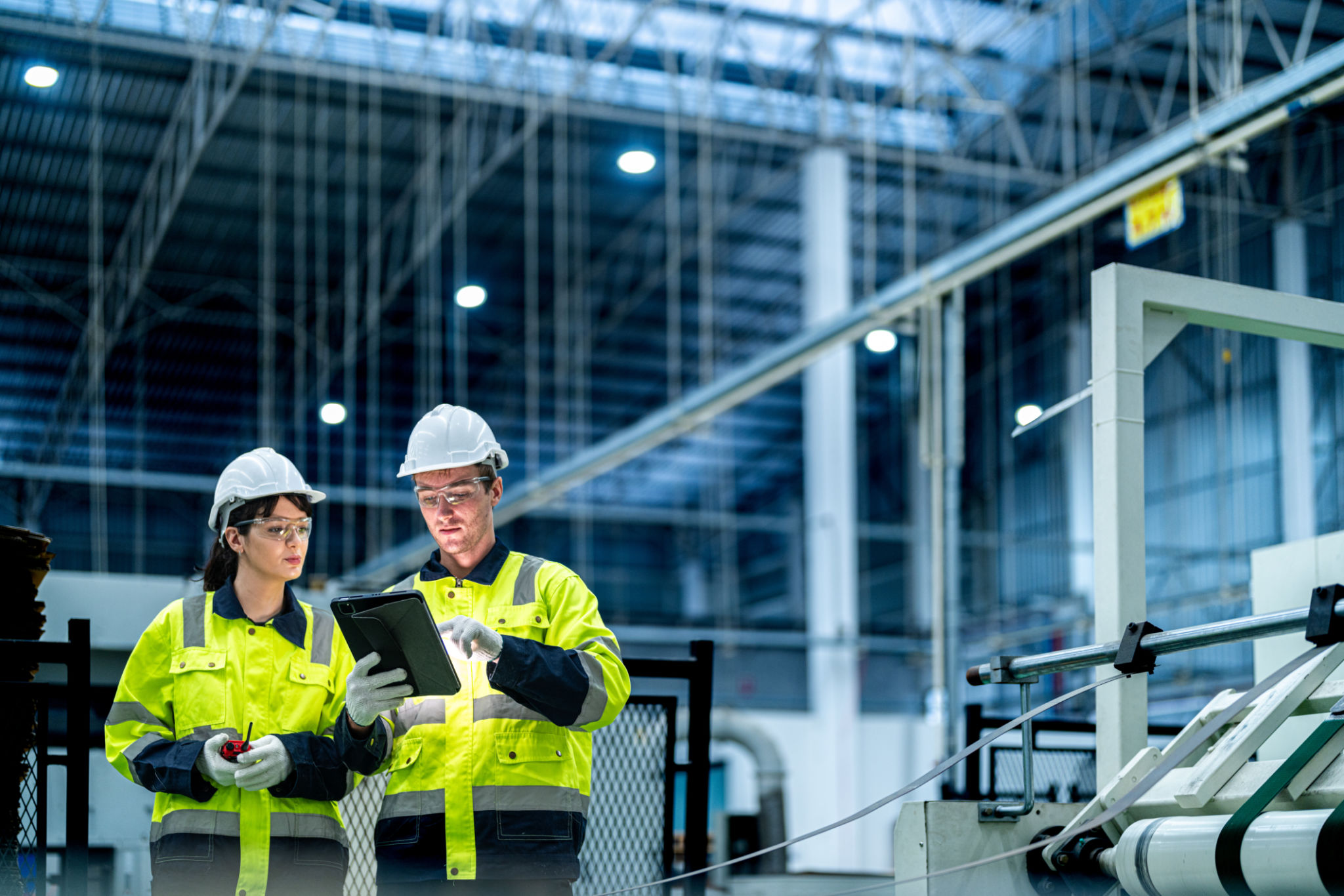Debunking Common Safety Myths in the Workplace: What You Need to Know
Introduction to Workplace Safety Myths
Ensuring safety in the workplace is a priority for both employers and employees. However, despite the importance of maintaining a safe environment, several myths persist that can undermine these efforts. By debunking these common misconceptions, we can promote a safer and more productive workplace.

Myth 1: Safety is Solely the Employer's Responsibility
One of the most prevalent myths is that safety is the sole responsibility of the employer. While employers must provide a safe working environment, employees also play a crucial role. Safety is a shared responsibility, and employees must adhere to safety protocols and report hazards.
Employers must ensure that their staff are trained in safety procedures, but employees need to actively participate. By fostering a culture where everyone is accountable, workplaces can significantly reduce accidents.
Myth 2: Accidents Only Happen in High-Risk Industries
Many believe that workplace accidents are confined to industries like construction or manufacturing. In reality, accidents can happen in any industry. Office environments, for example, can have hazards such as slips, trips, and ergonomic injuries.

Understanding that risks exist everywhere encourages all organizations to implement comprehensive safety programs. Regular risk assessments and employee training are essential for preventing accidents across all sectors.
Myth 3: Safety Gear is Unnecessary for Short Tasks
Some workers may skip using safety gear for tasks they perceive as quick or low-risk. However, accidents can occur within seconds. Proper safety equipment should be worn at all times, regardless of task duration.
Employers should enforce the consistent use of personal protective equipment (PPE) and educate employees on its importance. Regular reminders and inspections can help ensure compliance.

Myth 4: Safety Training Is a One-Time Event
Another misconception is that safety training is a one-time requirement. In fact, ongoing training is vital to maintaining workplace safety. As new equipment is introduced or procedures change, employees must be updated accordingly.
Regular training sessions help reinforce safety practices and keep employees informed of the latest protocols. Encouraging open discussions during these sessions can also address specific concerns and improve overall safety culture.
Conclusion: Promoting a Safe Work Environment
Debunking these myths is essential for creating a safer workplace. By understanding that safety is a shared responsibility, recognizing risks in all environments, consistently using safety gear, and engaging in continuous training, both employers and employees can contribute to a safer work environment.
Ultimately, a proactive approach to safety not only protects individuals but also enhances productivity and morale. It's time to challenge these myths and commit to a culture of safety in every workplace.
